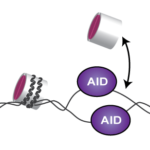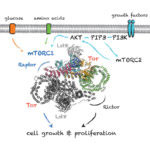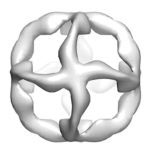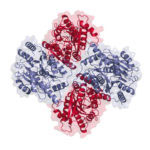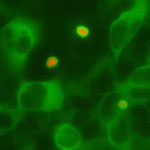
In order to function properly, many of the cell’s proteins need to be segregated to membrane-bound organelles and assembled into multi-protein complexes. Newly made proteins that fail to be localised or assembled properly must be promptly recognised by the cell and destroyed. These pathways of protein quality control are important because the accumulation of aberrant proteins can lead to neurodegeneration and various other diseases.
